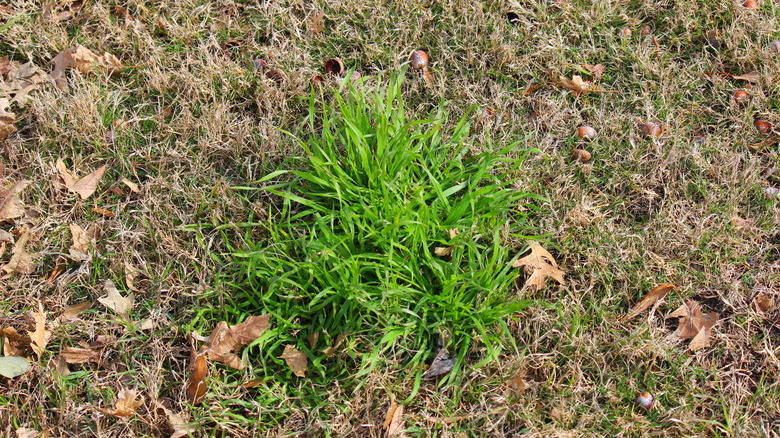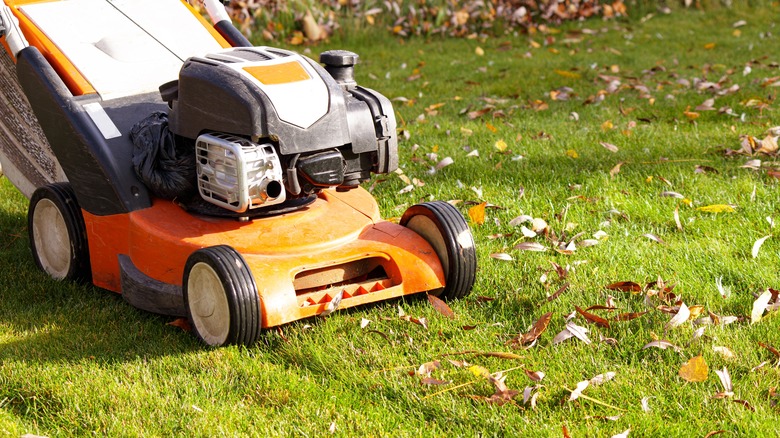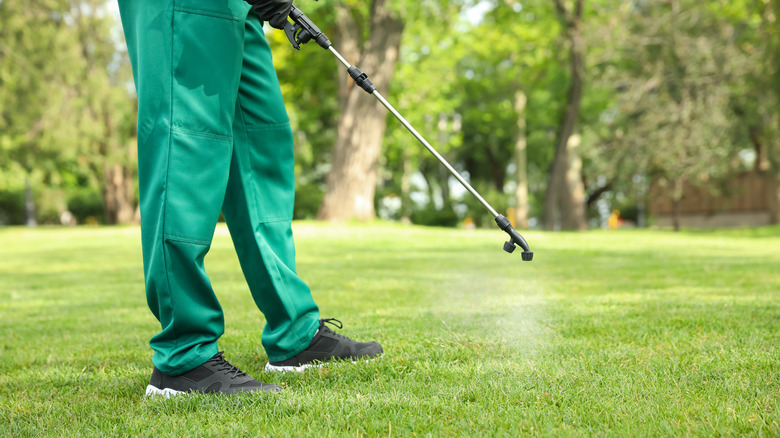How To Control Poa Annua In Your Lawn
Poa annua is commonly known as annual bluegrass. If you've discovered it on your lawn, good lawn care and watering techniques are fundamental to keeping this invader at bay. This weed is easy to identify with its telltale light green hue and the distinctive boat-shaped tips of its blades. This fast-growing weed is notorious for prolific seed production, even when you keep your lawn closely cropped. These seeds have a stubborn streak, capable of lying dormant and springing to life years later when the conditions are just right, thus demanding a consistent and long-term weed eradication approach.
Controlling Poa annua is a proactive rather than reactive measure and involves an integrated approach. What makes Poa annua so challenging is its adaptability. It can flourish in various conditions but has a particular affinity for moist, rich soils and poorly aerated lawns. Therefore, control strategies must be comprehensive, adjusting your lawn care practices to create an environment that favors grass over weeds. You need to mow at the correct height, fertilize properly, and water judiciously to create unfavorable conditions for the weed while promoting the health of your lawn.
Mowing and fertilizing: a dual approach
To prevent poa annua from taking over, you must first adjust your mowing and fertilizing practices. Mow at a height of 3 to 4 inches — this strategy allows the grass to flourish while stifling Poa annua's growth. Furthermore, taller grass blades shade the soil, reducing the light available for weed seeds to germinate. It also encourages deeper root growth in your grass, creating a more drought-resistant and robust lawn.
Fertilizing your lawn is equally important. Remember, Poa annua has a shallow root system and doesn't compete well against a healthy lawn. Regular feeding provides the nutrients your grass needs to stay dense and vigorous. This robust growth makes it difficult for poa annua and other weeds to establish themselves. Stick to a fertilization schedule tailored to your grass type and local climate. Remember, overfertilizing can be just as problematic as underfertilizing, so it's important to strike the right balance.
Another strategy to combat this weed is to water your lawn deeply, but not too often. Overwatering can do more harm than good by promoting the growth of poa annua and other weeds. It's crucial to adjust your watering schedule according to the weather and seasons. During rainy periods, you may need to water less, while during dry spells, more water may be necessary. But always aim for the sweet spot that keeps your lawn hydrated without creating the damp conditions that poa annua loves.
Preventing poa annua: pre-emergent solutions
A more effective method to keep poa annua at bay is the application of pre-emergent weed control products, such as Vigoro Crabgrass and Weed Preventer or Scotts Halts Crabgrass and Grassy Weed Preventer – both available at Home Depot for about $25 each. These products form a chemical shield on the soil surface that stops the germination of weed seeds. For optimal results against Poa annua, apply these pre-emergents before the seeds can sprout, typically from late summer through early fall. Timing here is not just important—it's decisive. Apply too late, and the product loses its preventive power, as it won't affect weeds that have already taken root. This necessitates a vigilant approach to the application schedule, which should align with the growth cycles of Poa annua specific to your locale.
Remember, while pre-emergent herbicides are an ally against weeds, they don't discriminate between weed seeds and grass seeds. If overseeding is part of your lawn care plan, avoid using these products, as they will inhibit the germination of your new grass just as they would Poa annua. Following the manufacturer's instructions to the letter is vital for the safety and health of your lawn, and it's imperative to ensure compatibility with the type of turfgrass you're cultivating. Through strategic and well-timed applications, you gain the upper hand, preventing its emergence and maintaining a robust, vibrant turf. This approach promises a dense, verdant lawn that is resilient against Poa annua and other invasive weeds.


